| The process of setting up a single gating system for multiple wax forms can be challenging. You want to create a path that will allow allow the molten bronze to flow smoothly and efficiently through the system, filling the gates and forms while allowing the air to escape through the vents. You must identify angles and "deadends" where air might be trapped and block the flow of bronze, and then construct additional gates or vents to eliminate these potential blockages. On top of these considerations, you also want to create a gating setup that is compact, so that your investment mold is not unnecessarily large. Oh, and did I mention that this intricate balancing act is constructed with the pour cup down - the inverse position of how it will be poured? The figures and pieces of baggage described in my previous three blog postings each presented their own unique gating challenges. I added short wax posts on the bottom of the feet both figures, as well as on the hands of the standing figure and on the forearms of the crouching figure. These will eventually be used to attach the figures to the base and the wooden clamp. The foot posts needed to be gated and the hand posts needed to be vented. I also had to vent the chins of both of the figures, and the nose of the crouched figure so they wouldn't create air pockets. A steady hand and a light touch is needed when welding to an area as small as the tip of the nose! |
The next step will be to make a flask to contain the mold and then pour the investment...
stay tuned!
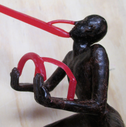
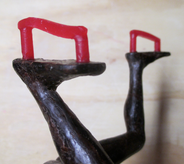
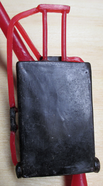

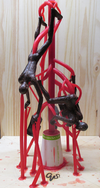
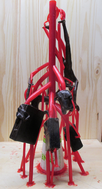



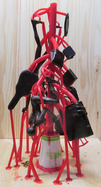

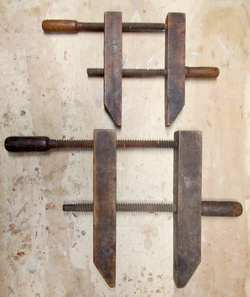
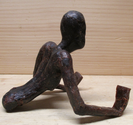
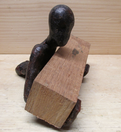
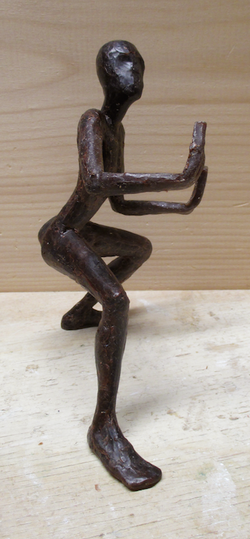
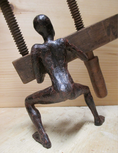
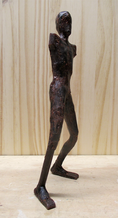
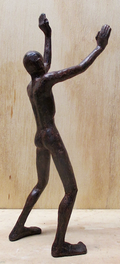

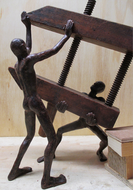
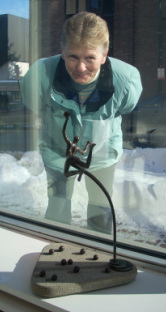
 RSS Feed
RSS Feed